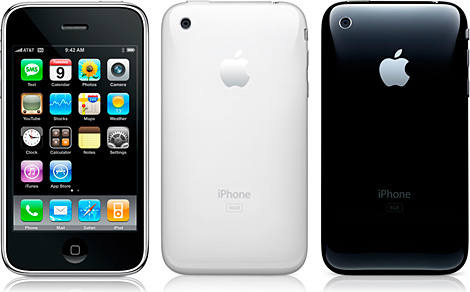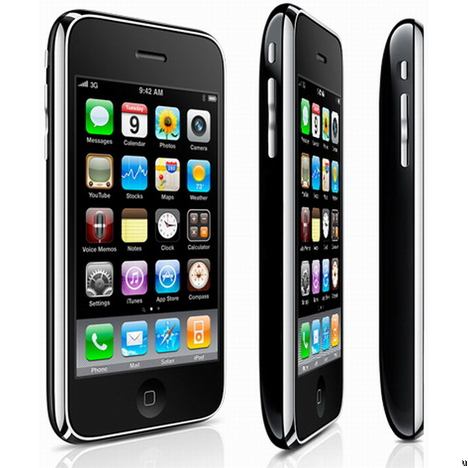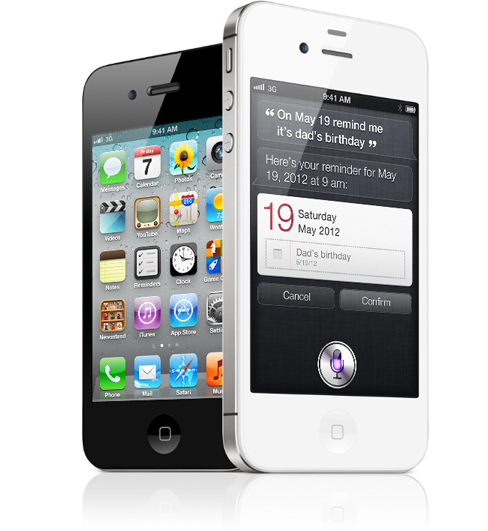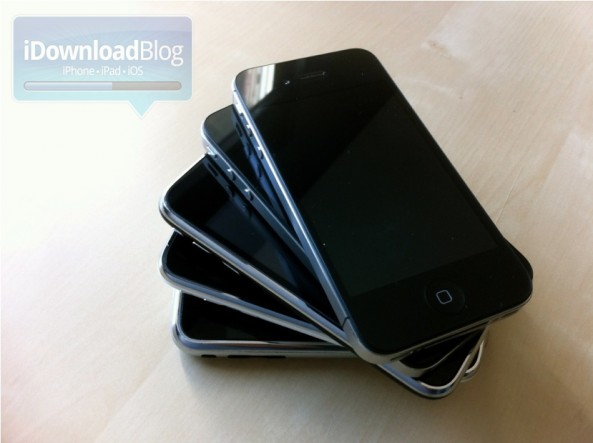
Steve Jobs announced the original iPhone five years ago on January 9th at Macworld. He famously said, “Today, Apple is going to reinvent the phone.” He was right.
In a post-iPhone world, it may be difficult for most of us to remember what the industry looked like before Apple’s announcement at Macworld in 2007. The iPhone has profoundly impacted not only the mobile phone market, but the device has also led to other redefining products, like the iPad.
Before the iPhone, the world was ruled by Windows smartphones, Blackberries, and the beloved Palm Treo. Apple was the first company to introduce a smartphone with a large, multi-touch screen and no physical keyboard.
[tube]http://www.youtube.com/watch?v=x7qPAY9JqE4[/tube]
The original iPhone was a feat of modern engineering with it’s aluminum back, glass screen, and sleek form factor. There were many basic fundamentals of what constituted a smartphone before the iPhone. Apple took those fundamentals and built upon some aspects while ignoring others completely. The idea of a phone with a glass screen was a little absurd back in 2007, but Steve Jobs demanded that the iPhone not have a cheap, plastic display like the competition. He wanted the iPhone to be different.
[tube]http://www.youtube.com/watch?v=mmiWTKZzBLY[/tube]
A Look Back
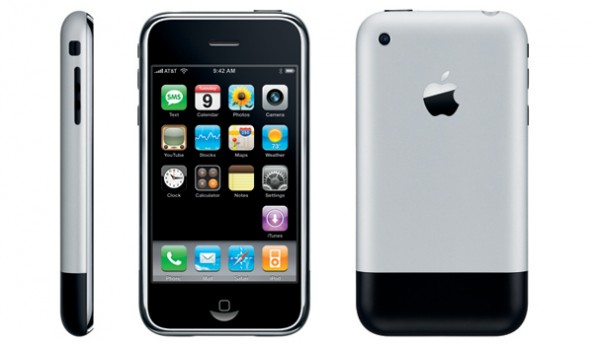
The first iPhone (commonly referred to as the “2G” model) was a giant leap forward for mobile computing and a few steps back in other ways. There was no phone like the iPhone at the time, but Apple was just venturing into the market; there was still plenty of work to be done.
AT&T was the exclusive carrier for the iPhone at launch (an agreement that wouldn’t end until February of 2011). The iPhone 2G ran on AT&T’s slower EDGE network. There were no third-party apps allowed until Apple finally opened up the SDK to developers in 2008 and introduced the App Store. The desire for third-party apps fueled a vibrant jailbreak community. And if it wasn’t for the lack of third-party apps originally, the jailbreak community may not even exist today. It definitely wouldn’t have gained so much momentum in so little time.
The iPhone 3G launch in 2008 came with faster data speeds, GPS hardware, slight exterior design changes, and the App Store. Apple started offering a 16GB version with the option of black or white.
In 2009 Apple rocked the world with the iPhone 3GS. After three years, the 3GS is still selling today. But the 3GS was just an evolution of the iPhone 3G. Everything changed with the iPhone 4 in 2011.

Following a highly-publicized scandal involving a lost prototype, the iPhone 4 was still met with critical acclaim after Steve Jobs announced the device at the Worldwide Developers Conference in San Francisco. The design of the phone had radically changed. The iPhone 4 was 24% thinner than the 3GS. It featured a 960 x 640 “Retina” display resolution that’s still better than anything else on the market. Among the device’s 100+ new features was a front facing camera, aluminum/glass exterior design, and greatly improved battery life.
Apple’s release schedule broke its consistency with the iPhone 4. Following the release of the black model in 2010, Apple finally introduced the fabled white iPhone 4 while also announcing the end of its AT&T exclusivity agreement in February of 2011. Verizon joined the iPhone family, and worldwide iPhone sales continued to climb.
Apple introduced the iPhone 4S in October of 2011 after about 18 months of silence. While there was plenty of news surrounding iOS 5, iCloud and the iPad, the iPhone 4 continued to remain as Apple’s flagship smartphone. After an insane amount of speculation about the next-generation iPhone, the 4S was revealed three months ago.
5 years later, and the iPhone continues to set the bar for what a consumer smartphone should be. The latest innovation that’s caused competitors to take notice, Siri, is looking to revolutionize the way we communicate and get stuff done with our devices on a daily basis. While the iPhone 4S was only a step up from the iPhone 4, the device is still selling at a record-breaking rate.
Many don’t understand how an incremental update to a 18-month-old phone could sell so well. It’s because Apple knocked the ball so far out of the park with the iPhone 4 that it’s been able to simply run bases for the last two years. While the iPhone stays ahead, others try to replicate its success. The problem with replication is that it can never be original. Apple has understood that from the beginning.
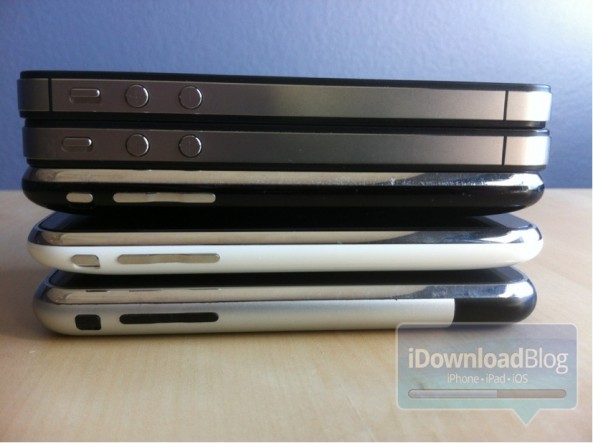
Happy birthday, iPhone.
